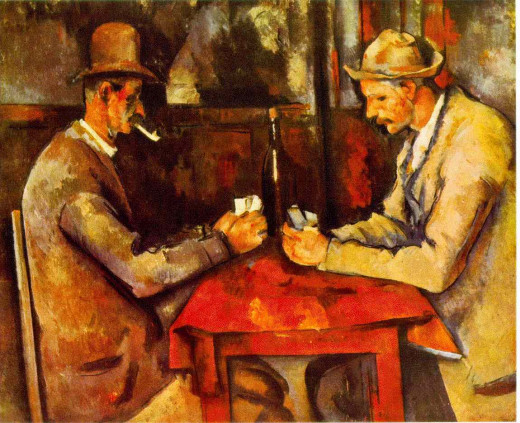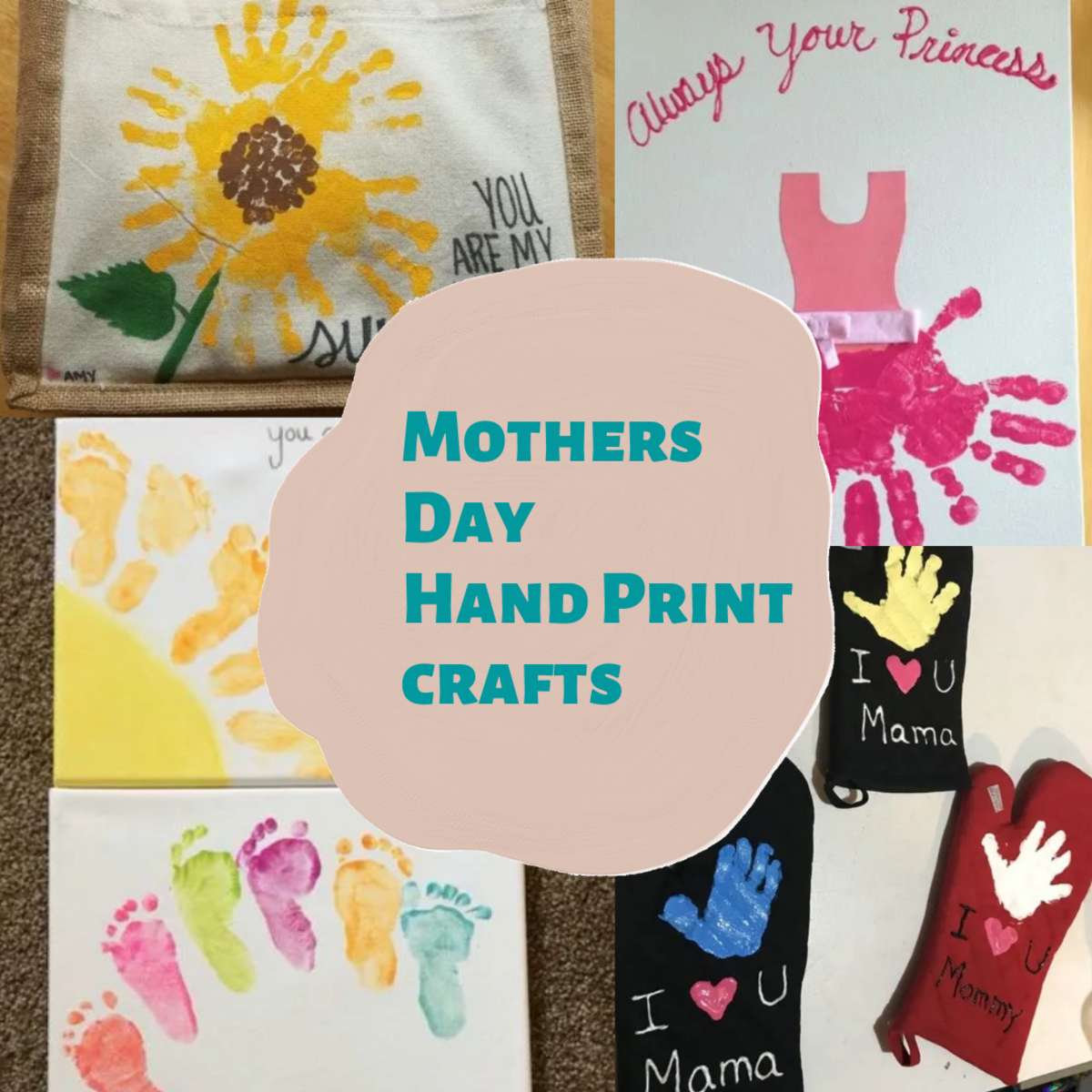Collecting Art
Paul Cezanne - 'Card Players'

The Collector's Dilemma
Attempting to make money on art exposes a collector to three dirty words… Art is expensive.
The only answer to this obstacle is to attempt to identify artists who will gain acceptance in the future, take on excessive risk and expose oneself to the worst possible investment return – nothing at all or a loss. What is a collector to do?
Ardent collectors research, market and exhibit their treasures. They pursue what they love without concern for the latest trend, and they never stop buying. There are the ‘stasher’ collectors who have developed very deep feelings for their art and who don’t want to sell. They willingly store their acquisitions in every nook and cranny of their homes, sacrificing their living areas to the extreme. Then there are the ‘speculators’ who often suffer from a buy low, sell high syndrome. These collectors purchase art with the aim of selling it for a profit, and expect their collections to perform for their benefit. Finally, there are the ‘institutional’ collectors – museums, libraries and corporations who establish policies and attach goals to their art collections which involve public education and preservation. These collectors are almost always interested in using their art collections as marketing or promotional tools to exemplify their magnanimity and social good will. Without exception, art collecting is an investment in a pursuit that brings with it a certain degree of social responsibility.
In fact, collecting fine art is a matter of joy and scholarship. Connoisseurship is involved at every level of collecting, and for every type of collector. An involvement in art not only enriches the sole individually, but also socially as it spurs the blossoming of the arts. There are many ways to invest in art that exceed merely collecting it, and which encourage people to come together to form communities, improve education or solve social ills. So what are the risks and why are people so reticent to make a wager on art.
Currently, we are in an economic cycle with interest rates close to zero and where expansionary monetary policy is no longer as effective. The quantitative easing response of the Fed over the last few years appears to be successful in mitigating the adverse effects of the ‘Global Recession’ – banks are loaning more money and the prices on the equity exchanges are on the rise with inflation in check. Equity price increases generally favor the rich or those already invested in the financial system, and this creates a high elasticity of demand because people buy more art as their income increases. But when there is a high volatility in the equity markets as there was at the end of 2008, we also see a rise in art prices as investors look for ways to park money until things calm down – usually a 3-5 year respite. This is evidenced by an increase during the first quarters of the 2009 in Art Market Confidence Index. It appears art remains a viable alternative investment in good times and bad, that is if there are discretionary funds in hand.
The strongest rationale for acquiring fine art and collectibles, aside from the love of it, is the possible impact art has on diversification. Art objects tend to be negatively correlated to financial assets. This complimentary effect makes art attractive by reducing the risk possibility. Yet, there is no escaping risk in the world of investing – when viewed as a ‘function’ of investments rather than a ‘negative’, risk becomes a hedge against making quick decisions or taking actions that are not well thought out or investigated thoroughly. Uncertainty as to whether an investment’s actual return will meet with an investor’s expectations is always the gamble. A collector, experienced or not, is wise to follow certain principles.
- Don’t risk more than you can afford to lose
- Consider the odds
- Don’t risk a lot to gain a little
Risk takes on many forms in art – forgery, theft, loss, damage, liquidity, market, social acceptance, price, holding period, opportunity cost, and illegal or unethical trade practices to name a few. It is an understatement to say there are countless pitfalls in the art business. Working with an established adviser with a network of other art experts mitigates many of these problems. Depending upon the specific working agreement, engaging an art adviser does not mean there is an added expense for the collector… more accurately, developing a relationship with an art adviser saves money! A reputable and knowledgeable art adviser can short cut many aspects of purchasing, selling, and managing art collections in favor of the client.
What are the odds collecting art? Investing in art and collectibles subjects the investor to the same basic risks as other financial assets. The return on fine art mainly results from the potential for price appreciation. In addition, an art collector receives a measurable amount of physical service from these non-financial assets – works of art are decorative, antique furniture or rugs may be more functional. These benefits should be the prime reason for purchasing them.
A serious collector must bear in mind there are high transactions costs of purchasing art in combination with the possibility of changes in taste which can alter the public’s demand for specific paintings or artists. These considerations must be factored into the ROI formula. What is popular today may not necessarily be popular tomorrow, and a works value can decrease even if the general art market increases.
It is the collector who bears the risks, and deservingly should reap the rewards. This suggests several practical steps for investing in these non-financial assets. First, invest only after doing your homework. Second, specialize in a particular area of art that interests you – and finally, commit to investing in collectibles when you have accumulated sufficient financial stability – with enough assets to meet emergencies and contingencies. Never buy with the idea of making a killing – this is rarity, especially for the novice.
Dealers who make markets in art are essentially establishing the bid and ask prices. Some dealers sell on consignment and the auctions validate the prices. Supply and demand contribute to the value of art, although valuation depends on a lot of other factors as well. The reputation of the artist, the quality of the work, the medium, the subject matter, the period within the artist’s body of work, who has purchased the work, where the work has been exhibited… valuation is very subjective. Here again, professional art advisers understand these details in different genres and know how to guide clients so they buy or sell at appropriate prices.
The best strategy for developing an art collection is to develop an area of expertise that permits a collector to learn which factors affect the value of those particular art objects. In this way, the collector acquires objects they enjoy that will maintain their value. All things considered, becoming a collector of fine art, or merely purchasing even one collectible item, is a commitment to learning, sharing, maintaining and caring for those objects.
Retna, ‘Suerte De Mi Vida’, Street Art

Paul Wacker, 'Monument'








